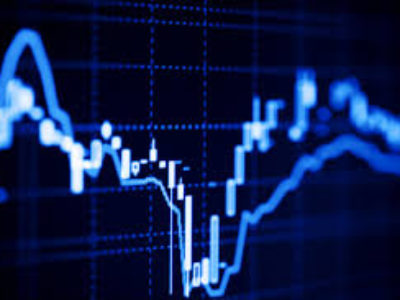How The Triple Screen Method Expands Your Point of View When Trading
When we trade, it is all too easy to get caught up in the moment. This is especially true for higher speed intraday traders. The problem is that when we trade like this, it is like running full speed with your head looking straight down. Sure, you can see the immediate obstacles and dangers, but you cannot be prepared for that large wall that lies directly in your path. If we trade “in the moment,” we will financially run head first into that wall and we know that is no fun.
Trading properly involves eliminating surprises and being prepared for what may come while you have your capital exposed. To do this, we must gain proper perspective to price action and anticipate upcoming events or price barriers that will change the direction. One of the first trading books I ever read was Dr. Elder, “Trading for a Living.” In that book, he explained the Triple Screen method for analysis. Throughout my trading career, I have used many different indicators, but this is one technique that I have never deviated from.
As the name suggests, the Triple Screen requires a trader to view prices and trend from three time frames. Having this perspective allows a trader to better identify opportunities and dangers in their trading. I use my own version of the Triple Screen. I first select my trading time frame. This will be where I plan all my trades including entry, target and stop prices. I always use the largest time frame that I feel comfortable trading on. This allows for larger profits with acceptable risk.
Once I have selected the trading time frame, I need to select one to gain proper perspective. In our courses at Online Trading Academy, we discuss the different modes that the markets operate in. If you are in an impulsive mode of the trend, it will typically end at the supply or demand of the next larger trend. If you are doing the Triple Screen, then you already have those levels identified. Dr. Elder believed that most trends were related by a factor of five. Therefore, in choosing your perspective time frame, multiply your trading time frame by five to select the chart period. If trading on a 5-minute chart, use 25 min for perspective. If you trade on a daily chart, then a weekly is your natural perspective chart.
If this is a Triple Screen, then there must be a third chart. I use a smaller time frame I call my timing time frame to assist me in entering trades. Keeping with the trend relationships here, I like to use a period on this chart that is 1/5th that of my trading time frame. You must be careful as a trader that you only rely on this chart for timing entries since the more volatile nature of shorter time frames will tend to scare traders out of great trades from only a small pullback in price. Once you are in the trade, do not look at this shorter time frame again!
The short time frame is extremely helpful to get confirmation on entering your trades at supply and demand. As we approach our identified entry price, the smaller charts will usually show the reversal pressure first. They may even show a pattern on the chart or candles themselves well before you would see it on your trading time frame. This gives you the early jump on most other traders. Additionally, if you are wrong in your trade, entering earlier will mean that you are closer to your stop price and will lose less on bad trades.
Next week, I will detail how I use this system on an actual trade. But until then, I want you to maintain proper perspective and run with your head up! Trade safe and trade well!
Have a great day.
Brandon Wendell
bwendell@tradingacademy.com
[adrotate banner=”65″]






